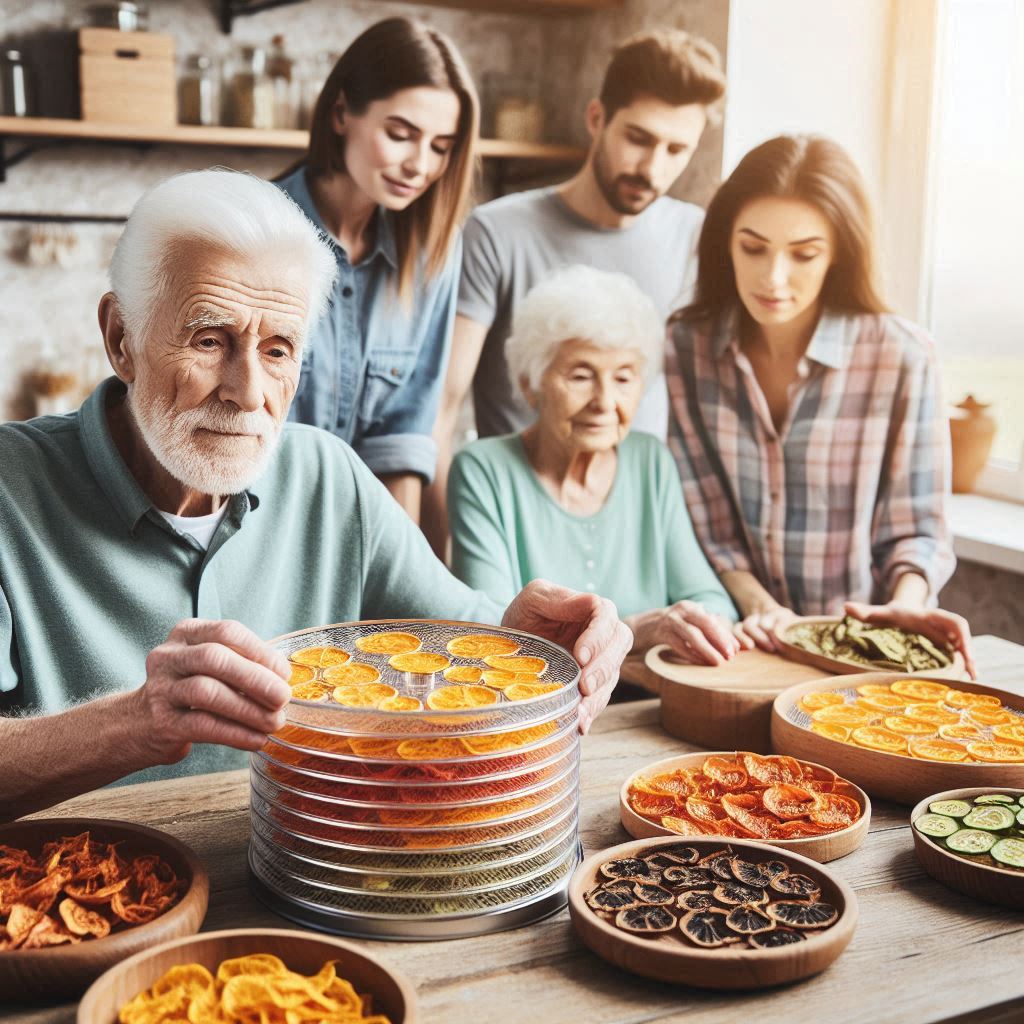A buddy system for power outages with neighbors and nearby residents can enhance resilience during extended outages. This collaborative approach builds community support. It allows individuals to share resources, skills, and knowledge. Here’s how a buddy system can work effectively during an outage:
Establishing the Buddy System
Identifying Partners:
Neighbors form pairs or small groups. They base their choices on proximity, mutual trust, and complementary skills. Each person lists their strengths, resources, and expertise. This way, everyone understands what each partner can offer during a crisis.
Communication Plan:
Partners create a communication plan that explains how they will check in on one another during an outage. This plan might include designated meeting points, signals for help, or scheduled times to gather and assess the situation.
Resource Sharing
Food and Water:
One neighbor may have a well-stocked supply of canned goods and bottled water. Another might have a rainwater collection system and knowledge of food preservation. By sharing resources, everyone can have enough to eat and drink.
For example, Neighbor A shares canned vegetables and rice, while Neighbor B provides bottled water and a rainwater filtering method. Together, they prepare meals using their combined supplies.
Tools and Equipment:
One neighbor may own a generator, and another might have tools for manual tasks, like hand saws or axes. During an outage, they coordinate their efforts to stay comfortable and safe.
For instance, Neighbor A uses a generator to power essential devices, like a refrigerator. Meanwhile, Neighbor B uses tools to handle minor repairs, ensuring the shelter remains secure.
A Buddy System For Power Outages – Knowledge and Skills Exchange
Emergency Preparedness:
One neighbor might know first aid and emergency protocols. The other might specialize in outdoor survival skills, such as foraging for edible plants. They teach each other valuable skills that improve their ability to cope.
For instance, Neighbor A hosts a first aid workshop for Neighbor B’s family, teaching basic injury treatment techniques. In return, Neighbor B teaches Neighbor A to identify and gather edible wild plants if food supplies dwindle.

Cooking and Nutrition:
One neighbor may know how to cook with limited resources, such as using a camp stove or outdoor grill. Another may be skilled in nutrition and meal planning. Additionally, sharing with others dehydrated or canned food. Together, they create nutritious meals from their supplies.
For example, Neighbor A shows how to cook pasta and canned sauces on a portable stove. Neighbor B suggests adding dehydrated vegetables to improve nutritional value.
Emotional Support
Moral Support:
The buddy system reduces fear and isolation. Regular check-ins and shared experiences provide emotional reassurance and create a sense of community during uncertain times.
For instance, Neighbor A might feel overwhelmed, while Neighbor B offers encouragement and companionship. These shared conversations and activities help ease anxiety.
Entertainment and Distraction:
Partners can enjoy activities together, like playing board games, storytelling, or organizing group meals. These activities lift spirits and strengthen community bonds.
For example, they may host a potluck-style meal. Everyone brings a dish to share, fostering camaraderie and cooperation.
Safety Measures
Monitoring Each Other:
Neighbors can establish a safety buddy system, ensuring someone always knows the other’s location. This is especially useful when someone leaves home for supplies or assistance.
For instance, Neighbor A informs Neighbor B before checking on an elderly neighbor. This way, someone always knows their whereabouts.
Sharing Updates and Information:
Partners keep each other informed about changes in the situation, such as power restoration or emergency services updates. They also share useful tips or strategies they learn.
For example, if Neighbor B hears about a food supply distribution nearby, they relay that information to Neighbor A. This ensures everyone stays informed and has access to essential resources.
Conclusion
The buddy system strengthens community ties and improves resilience during power outages. Neighborhoods navigate challenges more effectively by sharing resources, knowledge, and emotional support. This collaborative approach helps individuals handle immediate challenges and fosters unity that extends beyond the crisis. Through mutual assistance and cooperation, they can better weather the storm. Preparedness, after all, isn’t only about individual supplies; it’s about community strength.
